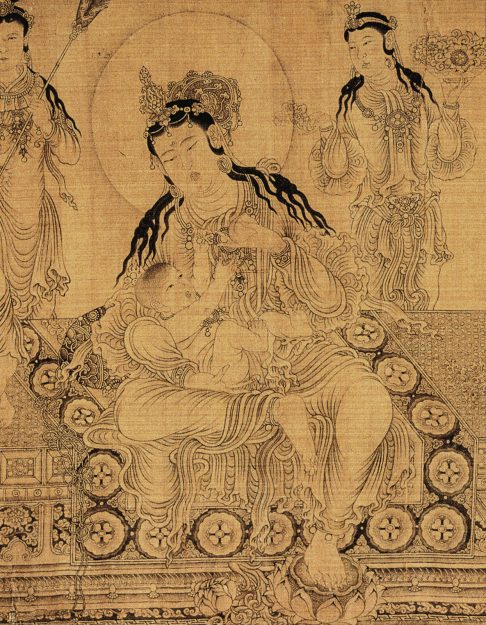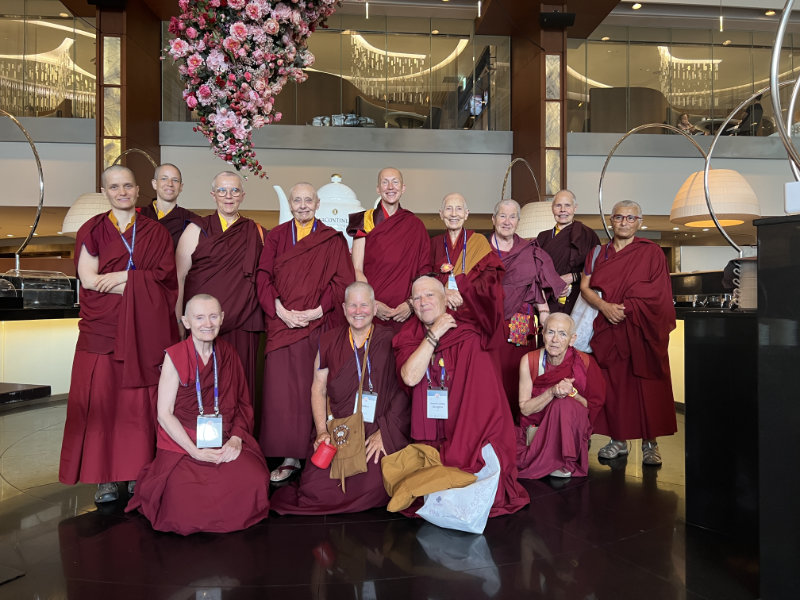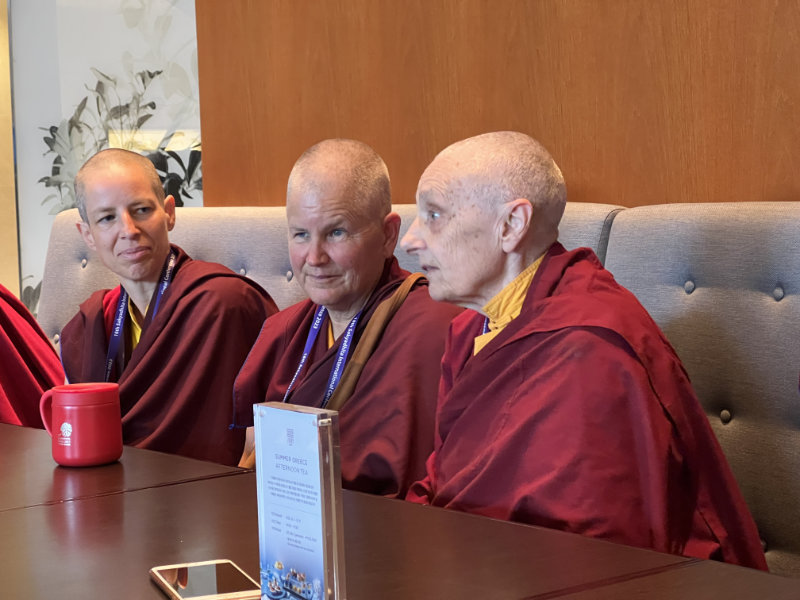Why the Alliance?
Non-Himalayan Nuns (NHNs) is the term applied to ordained female monastics who are from outside the traditional Tibetan/Himalayan cultures of Vajrayana Buddhism. Worldwide, these nuns play an important role in maintaining and transmitting Vajrayana Buddha Dharma. To gain a better understanding of the situation they face, it is important to consider these essential points about the role they fill as members of the ordained Vajrayana sangha:
The function of the fourfold sangha in practicing and upholding genuine Buddha Dharma.
The uniquely important role that nuns play in the continuation and lifeline of authentic Vajrayana Buddha Dharma, especially as it is transmitted beyond its traditional venues.
The Function of the Fourfold Sangha
Without monastics, there can be no well-educated, trained and fully renounced sangha. Qualified monastics are those who have taken and maintained vows in a formal ceremony, engaged in committed study and practices, and have themselves been trained by qualified teachers. A quorum of ordained monastics is needed in order to continue to offer vows, from novice to fully ordained monastics. If an entire pillar of the ordained sangha dwindles to the point of collapsing, the four-fold sangha not only crumbles, but vanishes. In short, reviving the four-fold sangha, as Shakyamuni Buddha established, would be near impossible.

Monks and Nuns by Region
Estimating the number of ordained monks and nuns in the Vajrayana tradition across the Himalayan regions is difficult due to the decentralized nature of monastic communities and the lack of comprehensive statistics. However, approximate figures can be inferred from various sources.
Across the entire Himalayan Vajrayana region, the estimated number of ordained monks and nuns is likely between 250,000 and 350,000, with monks significantly outnumbering nuns. The numbers fluctuate due to political, social, and economic factors affecting monastic enrollment.
By comparison, here are the major Non-Himalayan Vajrayana Regions
This brings the total estimate for Non-Himalayan Vajrayana Monks and Nuns to:
Monks: 50,000–80,000 and nuns: 5,000 – 10,000
Key difference between the non-Himalayan monks and nuns is due to the gender disparity that is prevalent in the Vajrayana tradition, however changing.
The Unique Role of NHNs
This is where the role of the Alliance of Non-Himalayan Nuns and the NHNs supported by the Alliance comes into play.
As qualified and well trained teachers, Non-Himalayan Nuns are able to share the BuddhaDharma to a growing audience of lay practitioners. They are exemplary in their style, their ethics and the quality of teaching they bring to a community.
Increasing numbers of highly trained Geshe Mas (equivalent to a PhD plus in the West) have graduated, although we want to see more and more NHNs accomplish this level of education, enabling them to deliver more to primarily English speaking communities. One can easily see the value in having well trained and qualified teachers from other cultures.
The ANHN, founded by Jetsunma Tenzin Palmo, GesheMa Kelsang Wangmo and Venerable Tenzin Sangmo, had the sharp foresight to see there would be an important niche for the Alliance to occupy in the lives of the brave women who have taken the step to ordain in the Vajrayana tradition. Those ordained from beyond Tibetan and Himalayan cultures even though they often face very daunting circumstances to remain in robes, nevertheless they hold true to their vows.


